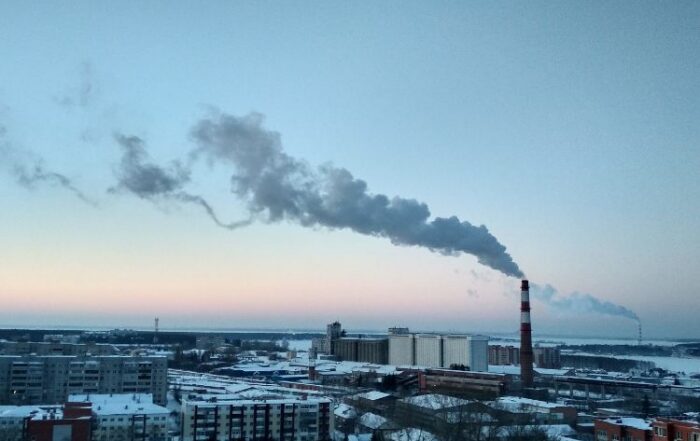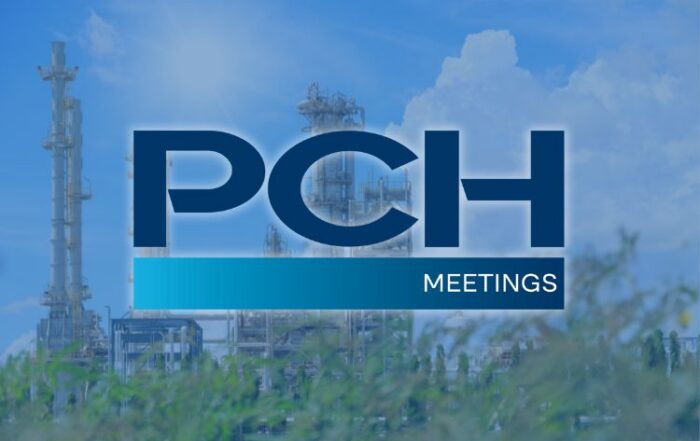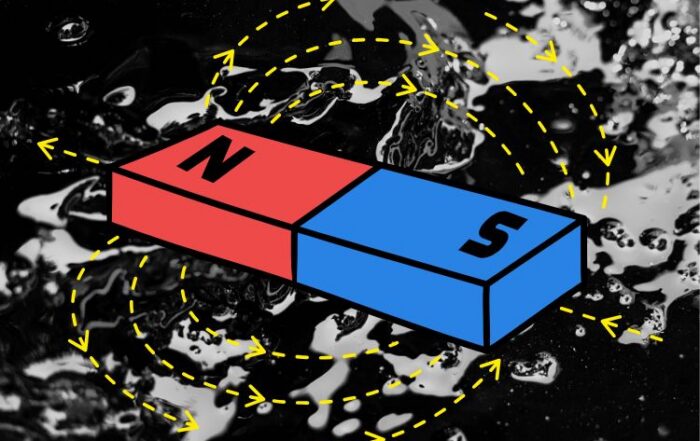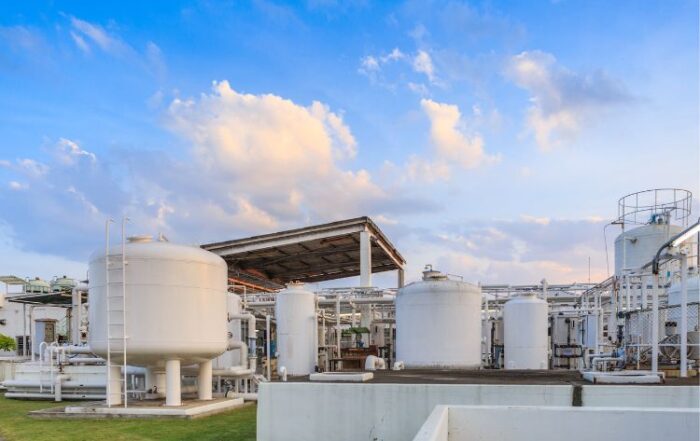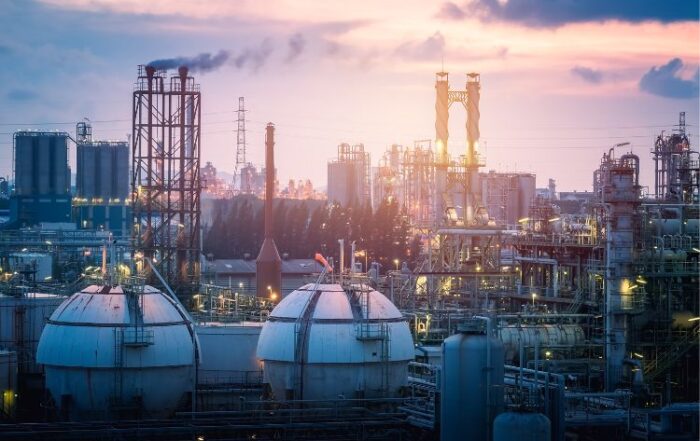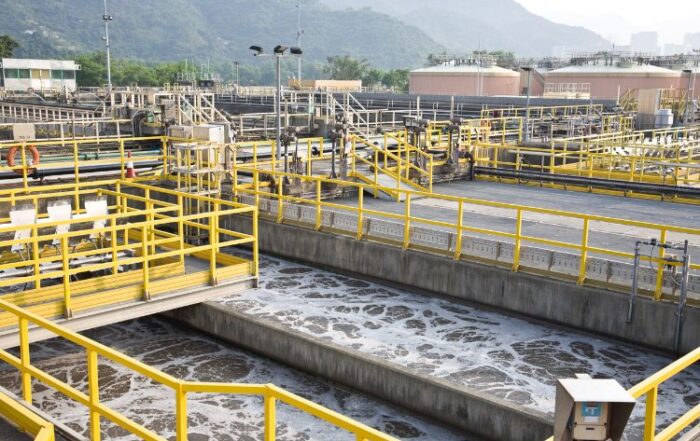
Fans for ClO2
Paper is a material made from cellulose fibers that are obtained by chemical and mechanical processes .
The main source of the cellulose is wood. Its chemical composition is highly variable and is composed primarily of cellulose, lignin , hemicellulose, and 5% to 10% of other materials. The lignin polymer is the responsible of the typical brown color of pulp paper.
Depending on the chosen final product pulp follows different manufacturing processes. In the case of white paper a bleaching process in required to remove off the hemicellulose and the lignine , producing minimal physical damage to the cellulose fiber.
Bleaching methods used are the ECF (Elemental Chlorine free ) and TCF (Totally Chlorine Free).
One of the most important changes in the process of pulp bleaching was the substitution of Cl2 with ClO2, chlorine dioxide . Such change was essential in reducing the amount and type of organochlorines formed and produced and the disappearance of dioxins and tetrachloride furans in the effluents.
Industrial production of chlorine dioxide is generally based on processes to reduce the NaCl in NaClO3 in H2SO4 solutions. However, to minimize risks of transport and for being chemically stable , is produced on site.
The chlorine dioxide gas is transported to an absorption tower where it is dissolved in cold water to produce the bleach solution of aqueous chlorine dioxide .
As chlorine dioxide is an element highly toxic and corrosive, facilities must have safety systems designed specially for the operation and to avoid risk of exposure to this fluid in case of leakage.
Also the choice of materials is critical to ensure the life of the equipment.
Tecnium supplies centrifugal fans for handling chlorine dioxide being our clients from companies providing installations to the end user’s paper mills.
The fans are available in materials specially adapted to process conditions and with sealing systems to prevent leakage of polluted gases into the atmosphere.
More information
Give us your contact details and we will advise you on the best solution for your application.
View also
How Gas Scrubbing Technologies Will Drive Decarbonisation in the Chemical Sector
Decarbonisation as the Urgent Challenge for the Chemical Industry The chemical industry is entering one of the most transformative decades in its history. As regulatory pressure intensifies and global climate targets advance, [...]
Tecnium to attend PCH Meetings 2025 in Lyon
Leading Innovation in Chemical Process Equipment Tecnium will participate in the 21st edition of PCH Meetings, the leading international business convention for process, chemical, petrochemical, and pharmaceutical industries, to be held on [...]
Magnetic Drive Pumps: The Science Behind Leak-Free Chemical Transfer
Why Magnetic Drive Technology Matters In industrial environments where safety, reliability, and chemical containment are critical, even a small leak can have major consequences. Traditional centrifugal pumps, which rely on mechanical seals [...]
Biofiltration for Air Pollution Control
Introduction to Biofiltration and Air Pollution Control Air pollution control is a persistent challenge across multiple industries — from wastewater treatment to chemical manufacturing, food processing, and beyond. As regulations grow stricter [...]
ECHA 2025 Report
Why the ECHA 2025 Report Matters The European Chemicals Agency (ECHA) plays a central role in regulating the safe use of chemicals across the European Union. Through its guidance, risk assessments, and [...]
A Key Element for Environmental Protection in WWTPs
Why Gas and Odour Emissions in WWTPs Are an Environmental Issue Wastewater treatment plants (WWTPs) play a critical role in safeguarding public health and the environment. However, the treatment process itself can [...]

